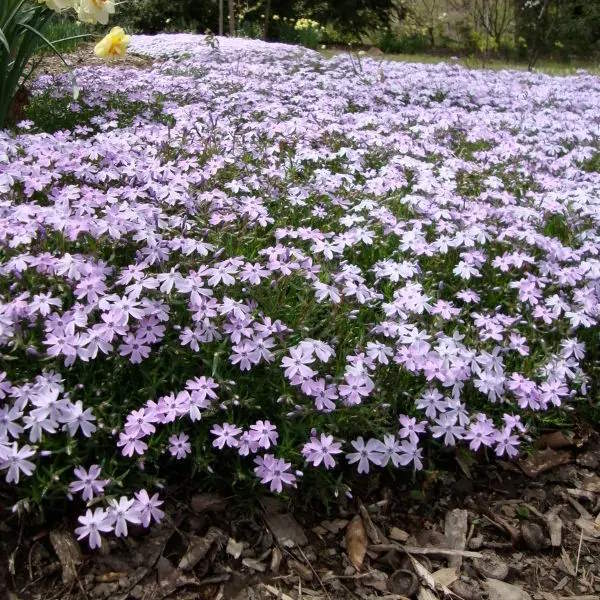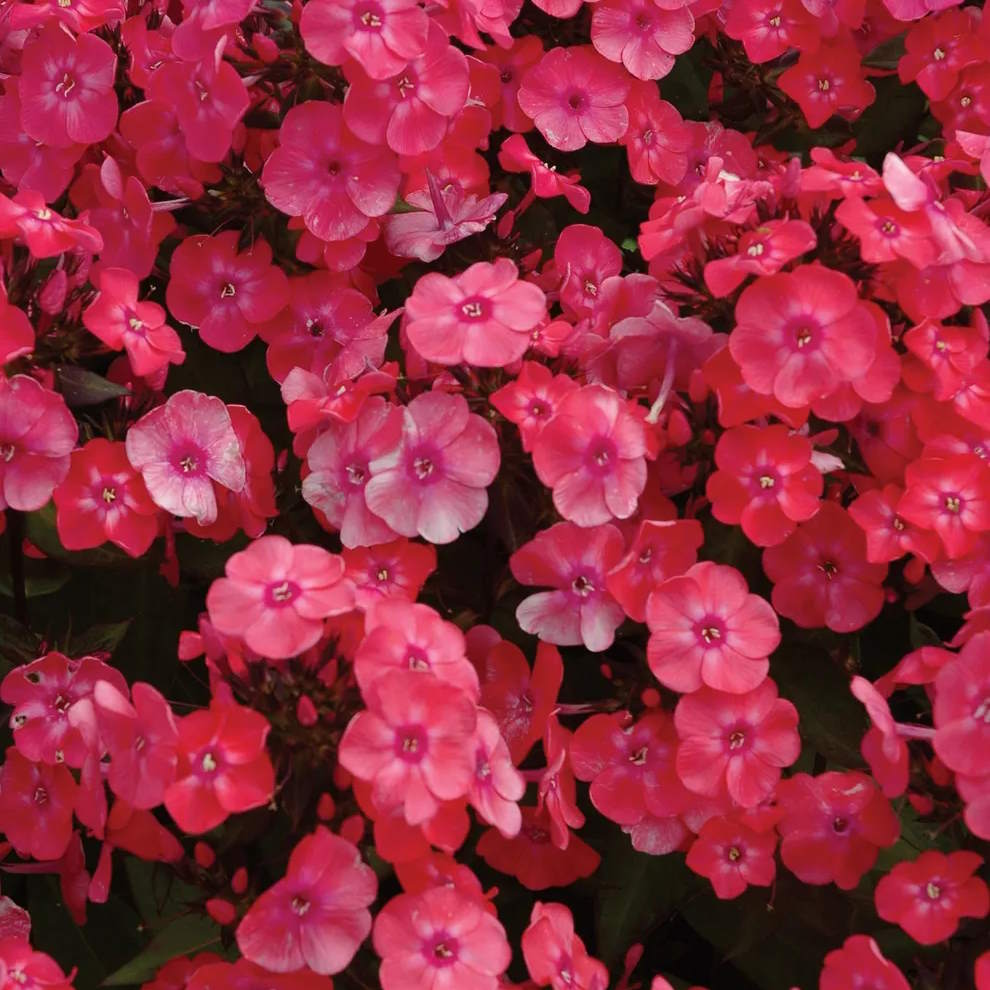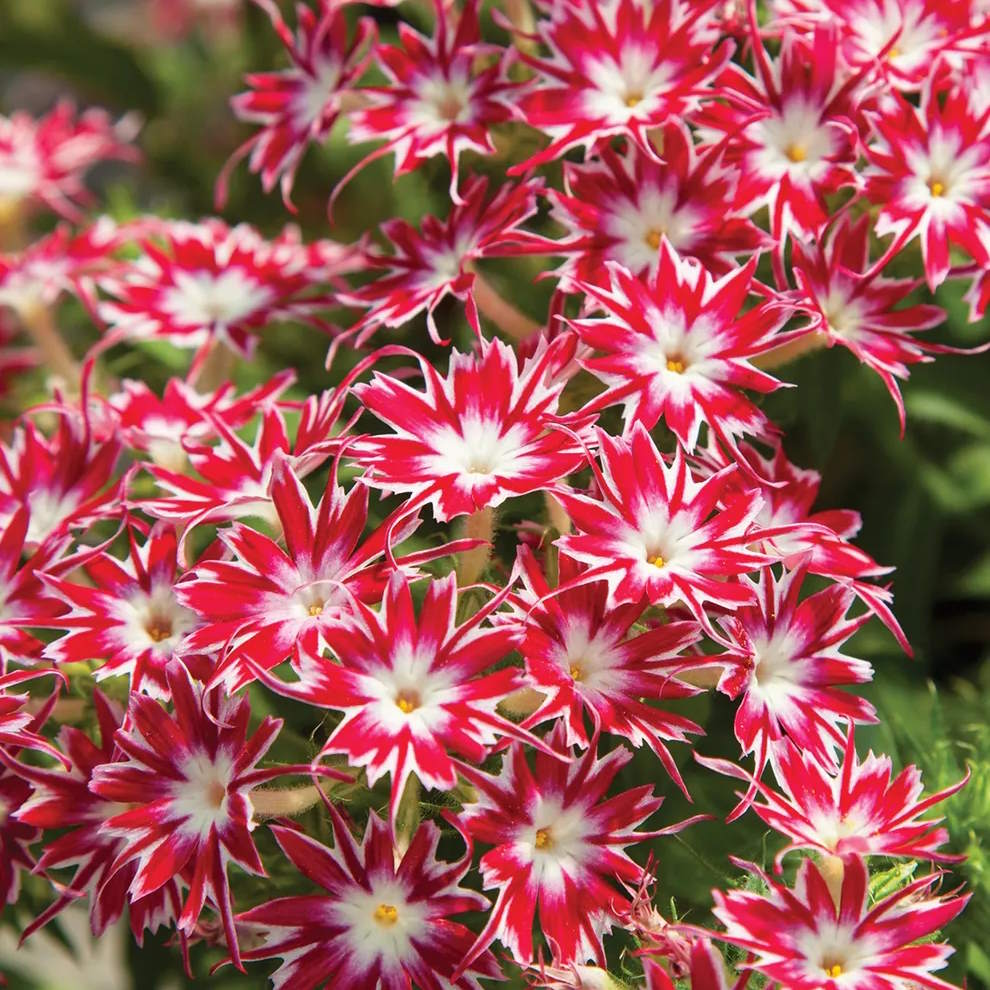How to grow phlox – expert tips for happy plants and long-lasting flowers
Discover all you need to know about these versatile and glorious plants that are perfect for a plethora of locations and styles

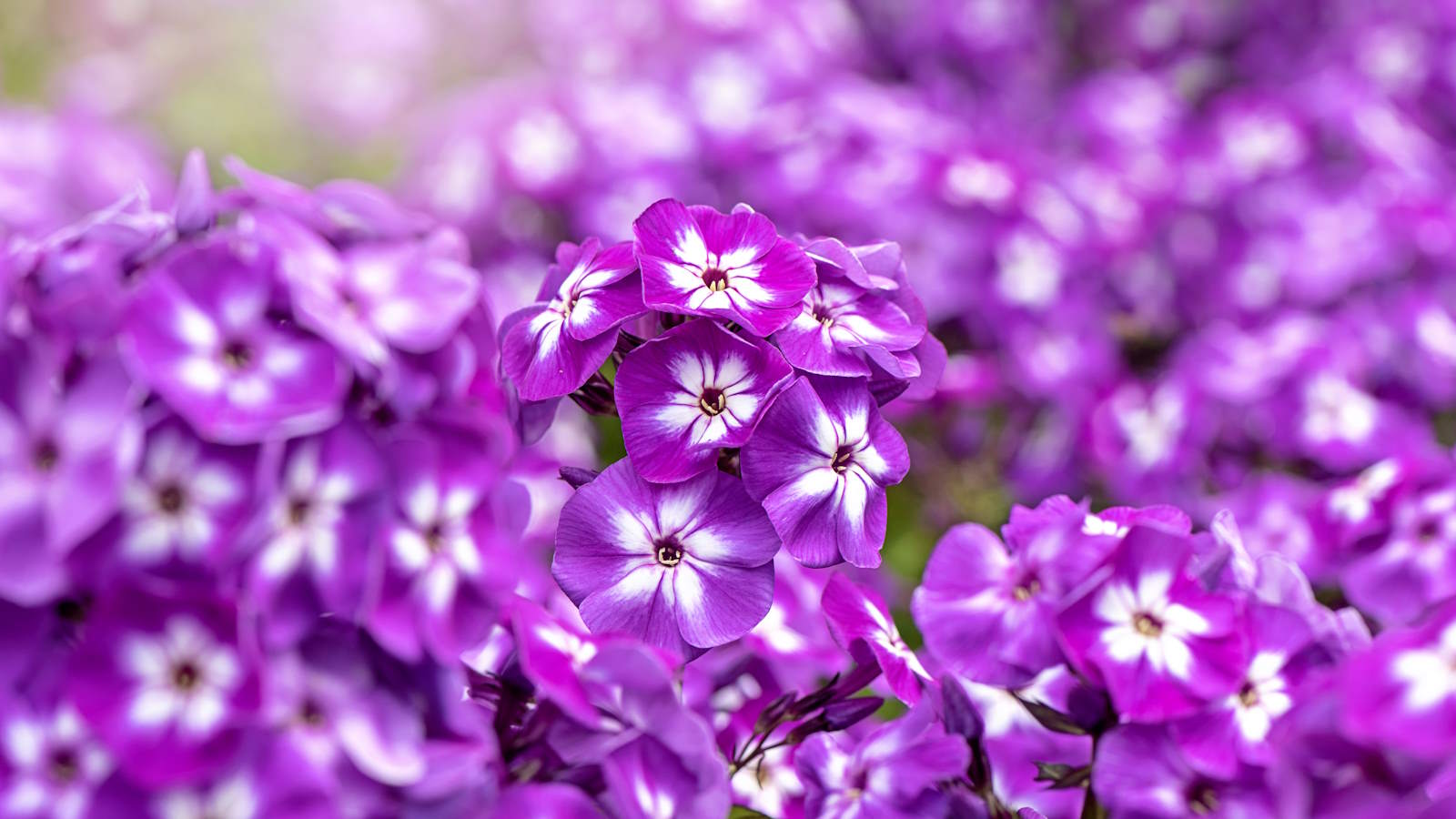
Phlox are wide-ranging and hugely popular plants that are loved for their bright and colorful appearance. There are almost 70 different species of phlox to choose from, which means there can be a phlox out there for any type or style of backyard ideas.
These herbaceous favorites range in height, form, and color, from tall perennial border phlox that are low-maintenance plants for garden borders down to low-growing, creeping phlox that are ideal ground cover plants. As well as the perennials, there are also many annual varieties to choose from.
Landon Proctor, director of horticulture and park operations for Audubon Nature Institute in New Orleans, oversees the large planting of phlox every spring and he hails the plants as ‘incredibly versatile’, saying ‘you can find varieties that grow in the shade or the sun and everything in between’.

Phlox flowers are hugely popular with bees
How to grow phlox plants
There is such a wide variety of phlox that can be grown that it also means there are different ways you can grow and add these classic cottage garden plants to a space.
Herbaceous and alpine phlox can be commonly bought from garden centers, nurseries or online throughout the year and you will be able to find a range of flower colors to choose from.
If you already have plants in your space, then you can also increase your phlox numbers by division and taking cuttings. In addition, annual phlox varieties can be grown from seed to add dashes of colors to flower beds or containers during the summer months.
To help you discover more about phlox and how to ensure they thrive in your garden, we take a look at where to plant and how to care for these fantastic plants.
Design expertise in your inbox – from inspiring decorating ideas and beautiful celebrity homes to practical gardening advice and shopping round-ups.
Where does phlox grow best?
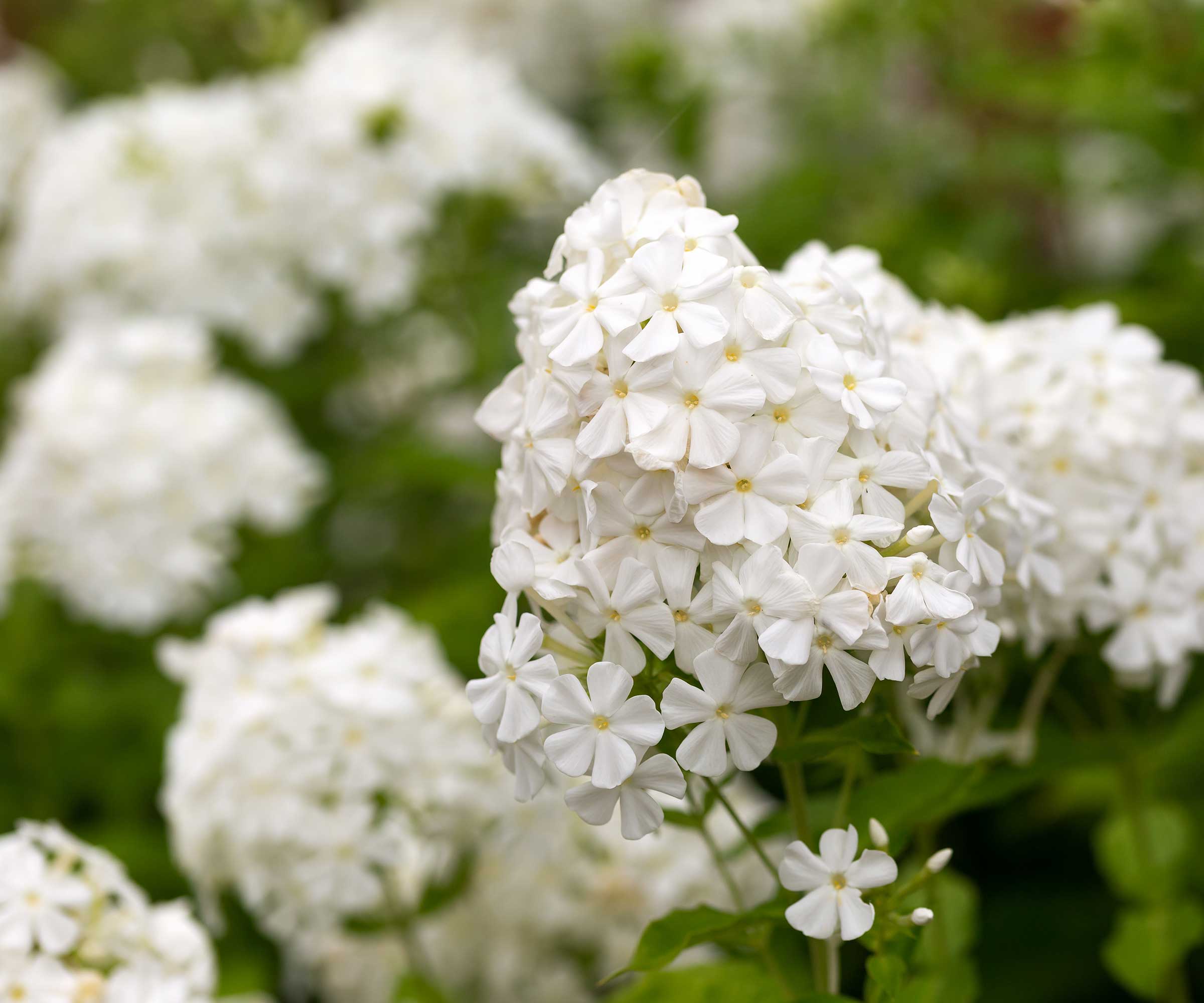
Phlox varieties come in shades of white, red, purple, and more
Perennial phlox plants are hardy from US hardiness zones 3 through 9, though the ideal planting site varies for different types of phlox when it comes to the light levels.
One aspect that sits true for most phlox is the soil types that they prefer. Phlox wants to be planted in rich and well-draining soil. They do not like to sit with their roots too wet, so heavy soils are best amended with compost, or other organic matter, before planting to improve the texture and fertility of the ground.
In terms of light levels, border types of phlox want to grow in a sunny spot but can tolerate some shade, while the woodland varieties prefer to grow in partial-to-full shade. Alpine or creeping varieties of phlox are often planted in rock gardens and also prefer partial shade.
When and how to plant phlox

Creeping types of phlox are great ground cover plants
Phlox plants tend to be available from nurseries, garden centers, or online for many months of the year. However, there are preferable times to add the plants to your garden and getting the timing right is beneficial for both you and the plant.
Landon Proctor recommends: ‘The best time to plant phlox is after the threat of frost is over in the early spring. This will ensure that you have earlier and longer-lasting flowers.’
The exact time will depend on when the last frost is for your location and planting in spring is advantageous as the soil should be warming up and consistently moist. It gives plants a good time to get a strong root network established before the warmer months of summer arrive.
Planting phlox during the hot summer months would be a planting mistake as it could potentially stress the plant and it will need lots of watering to help get established. If you cannot plant phlox in spring, then it is a perennial you can plant in fall.
Planting in fall means temperatures should be milder, and the ground moist, and it gives the plant time to establish itself before the cold of winter. It is not advisable to plant during the cold winter months.
To plant the phlox, dig a hole slightly larger than the rootball and plant the phlox at the same height it was in the nursery pot. Adding some additional compost to the planting hole will provide nutrients.
Give the plant a good water and keep the soil moist as it is established. Mulching around plants will smother weeds, retain moisture in the soil, and release nutrients to the plant as it breaks down.

Landon Proctor is the Director of Horticulture and Park Operations for Audubon Nature Institute in New Orleans, LA. The Institute boasts horticultural and botanical displays to support an aquarium, an insect museum, and the busiest park in downtown New Orleans.
How to care for phlox plants
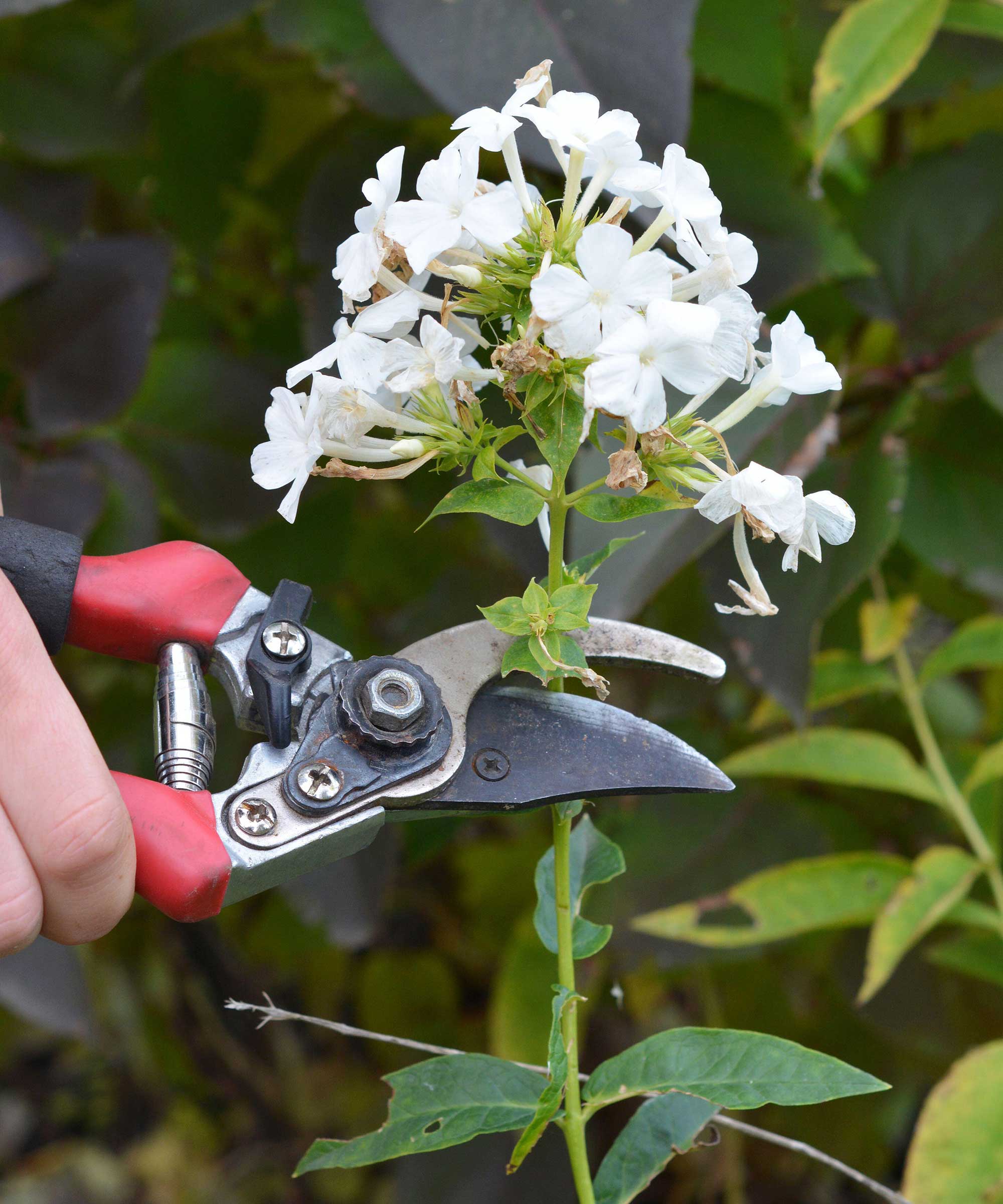
Deadheading phlox rewards you with a longer season of blooms
Knowing how and when to water plants is an important part of caring for phlox. They are plants that do like to be consistently moist, but not wet and are especially not happy sitting in standing water.
Juan Palacio, CEO of Bloomsy Box, describes water management as ‘vital’ to success when growing phlox. ‘They thrive with consistent moisture, so aim to provide about an inch of water weekly through rainfall or manual watering,’ he says. ‘It's important to maintain this balance to prevent the soil from becoming waterlogged, which could lead to root rot.’
As well as when, knowing how to water phlox is key. Phlox plants can be prone to powdery mildew, so it is important to avoid watering the foliage and also to water early in the day to give any water that does get on leaves lots of time to dry out.
As well as watering plants in hot weather, you should also deadhead phlox regularly throughout the summer to help you get the best display each year.
Tony O’Neill, an experienced gardener and author at Simplify Gardening, says: ‘I highly recommend deadheading phlox to not only keep your garden looking tidy but also to encourage more blooms. Removing the spent flowers before they set seed redirects the plant's energy into producing more flowers and can extend the blooming period.
To help plants look their best and remain healthy year after year, perennial types of phlox should be cut back annually. Phlox can be cut back in either fall or spring, depending on your style or preferences, and all stems are pruned back to 2-3 inches from the ground to start growing again come spring.

Juan Palacio is the founder of BloomsyBox, a Miami-based floral subscription company. BloomsyBox has made it onto the prestigious Inc. 5000 list of the fastest-growing companies in the US for two consecutive years. To ensure the sustainability of his business, Juan has returned to his roots in South America to cultivate relationships with sustainable flower farms.

Tony O'Neill is an accomplished gardening expert, author, and educator. With a passion for simplifying gardening practices, he has inspired a wide audience through his popular YouTube channel and website SimplifyGardening.com. Tony's expertise empowers individuals to cultivate thriving gardens and connect with nature.
How to grow phlox from seed

Annual types of phlox can be grown from seed
Annual phlox are popular bedding plants to add color to beds and borders, or containers, during the summer. These fast-growing plants can either be started from seeds indoors or outdoors, depending on your climate.
To sow seeds indoors in early spring, fill trays or pots with a good potting mix designed for starting seeds, such as this seed starting potting mix available at Amazon, and sow the seeds on the surface of the soil. Cover with a very thin layer of compost or vermiculite and germinate the seeds in a warm spot at around 65-68F.
Transplant the seedlings outside, after a spell hardening them off, once the risk of frosts has passed and the soil has warmed up in spring. Alternatively, you can sow seeds directly outdoors come late spring in the spot where you want the plants to flower.
How to grow phlox from cuttings
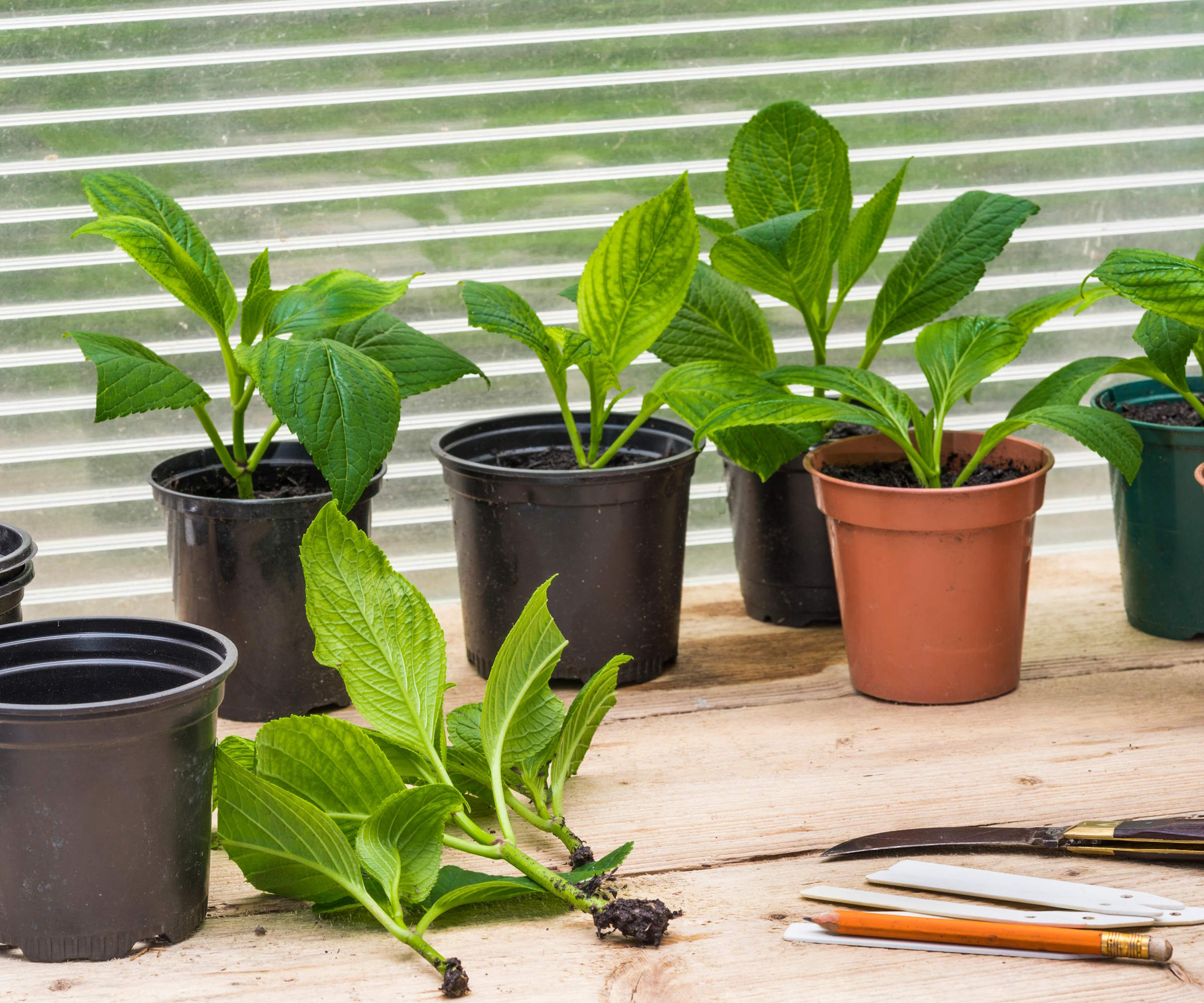
Stem cuttings are a proven way to propagate many different plants
To get more phlox for your garden, it is simple to divide phlox in early spring using a sharp spade to cut a clump into sections to replant.
Phlox can also be propagated by root cuttings in winter or stem cuttings in spring. Root cuttings can be taken by digging up plants and taking two-inch long sections of large roots to put upright into pots of compost.
Stem cuttings from non-flowering stems taken in spring should be around four inches long. Clear the cutting of all but a few leaves and insert the cutting into a pot of compost. Keep the cuttings in a warm spot away from direct sunlight and keep them moist.
FAQs
Can you grow phlox in a pot?
Smaller and creeping varieties of phlox, as well as annual types, can be very happy growing in containers. Tall phlox types can grow in pots but will only be suitable for growing in very large containers or planters. Utilizing pots can be one way of restricting the growth and spread of creeping phlox. Choose a container that has good drainage holes and fill it with well-draining potting soil mixed with a handful of balanced granular fertilizer, such as this all-purpose plant food available at Amazon.
Give plants at least six inches of space to allow for air circulation and minimize the risk of fungal diseases, including powdery mildew. Phlox growing in pots will need more watering than plants in the ground, and will also benefit from a regular feed with a balanced liquid fertilizer at least every few weeks during the growing season.
Phlox simply offers a wealth of opportunities, they are not just for large beds and borders. So if you have a small backyard or are looking for container inspiration for garden patios, you will also be able to find a phlox that can fit perfectly into your garden.

Drew has worked as a writer since 2008 and was also a professional gardener for many years. As a trained horticulturist, he worked in prestigious historic gardens, including Hanbury Hall and the world-famous Hidcote Manor Garden. He also spent time as a specialist kitchen gardener at Soho Farmhouse and Netherby Hall, where he grew vegetables, fruit, herbs, and cut flowers for restaurants. Drew has written for numerous print and online publications and is an allotment holder and garden blogger. He is shortlisted for the Digital Gardening Writer of the Year at the 2025 Garden Media Guild Awards.
